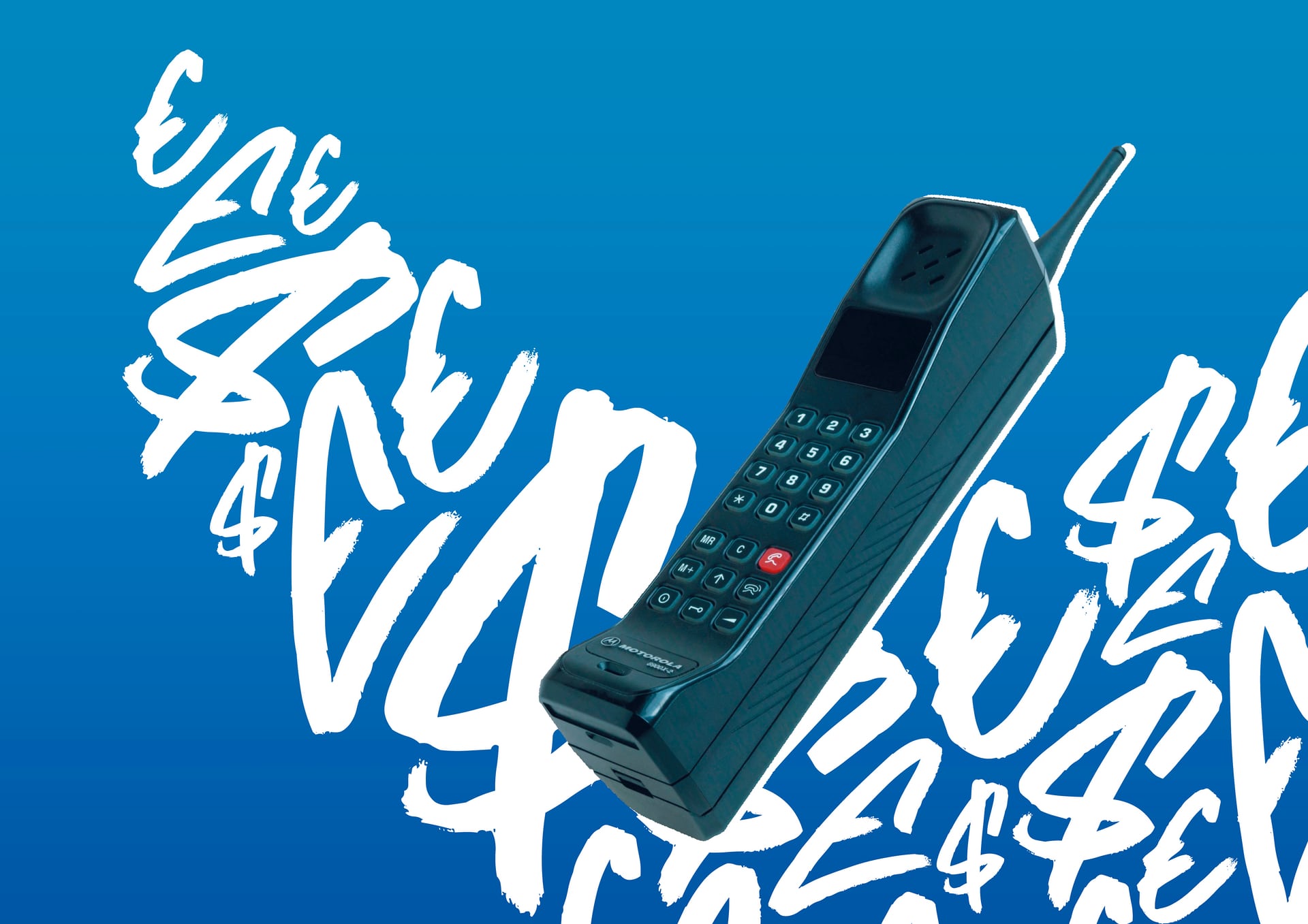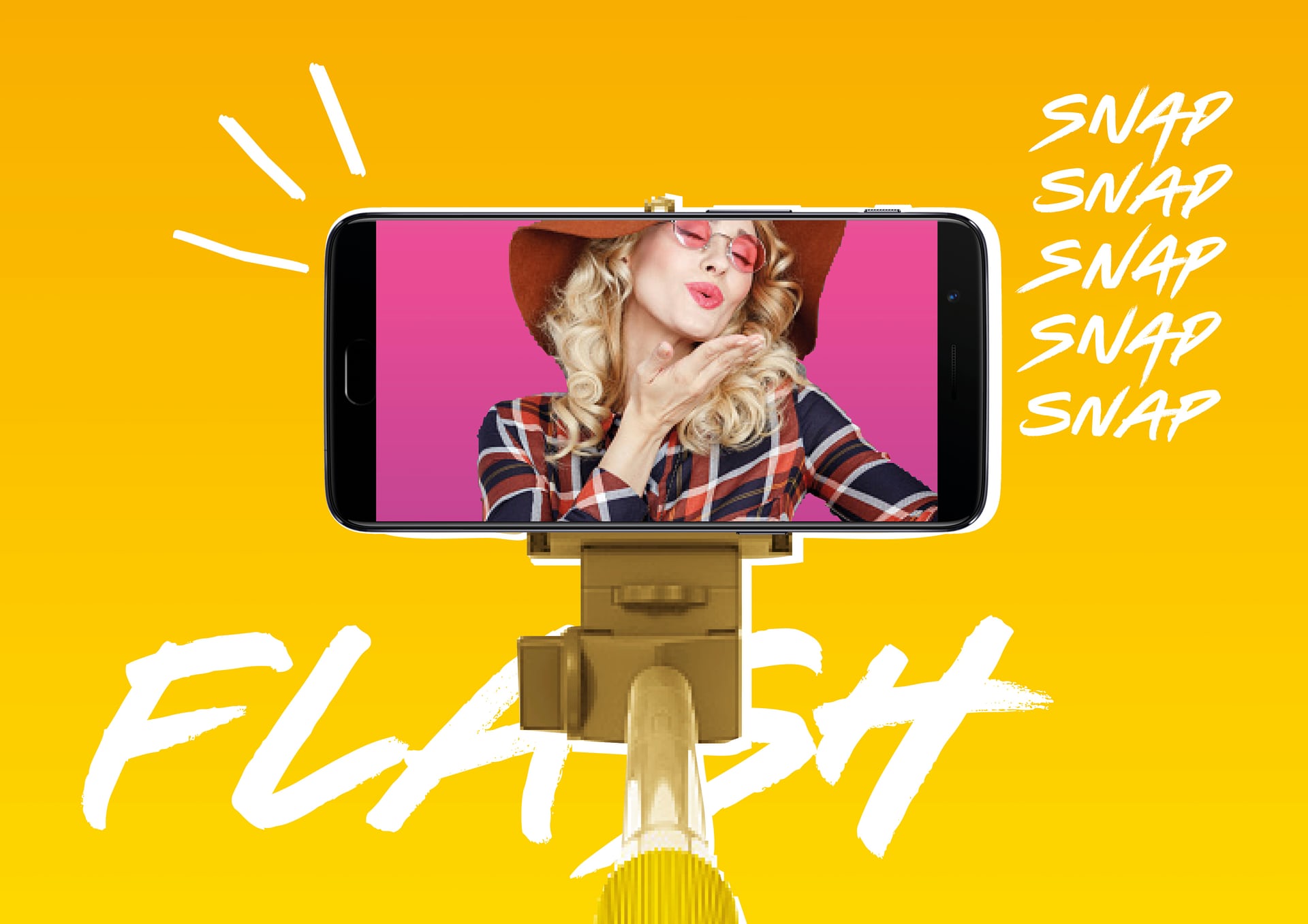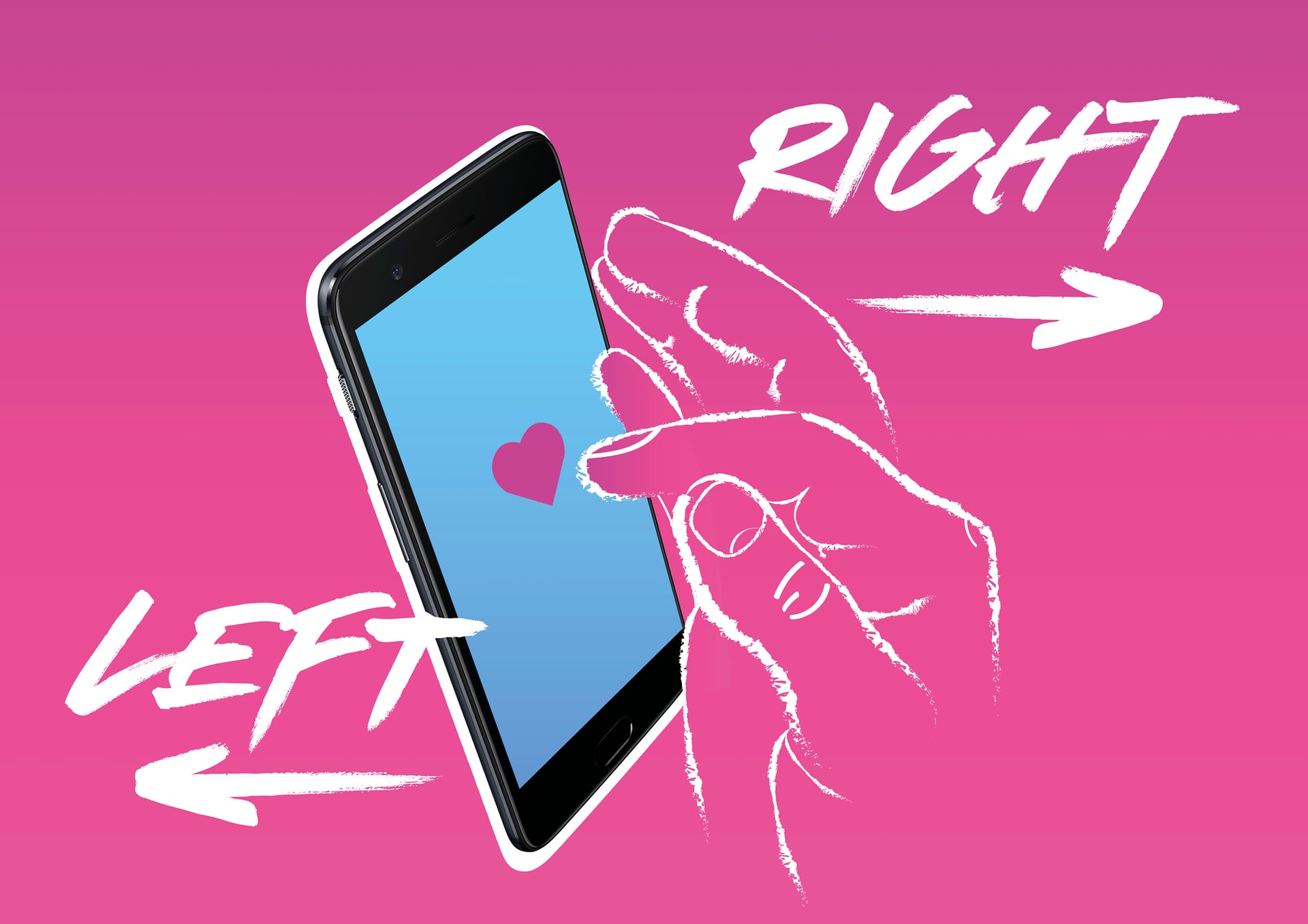No other device has brought on so many changes and so quickly in our daily lives, other than cellphones. Atlases, address books and cardphones seem to belong to a forgotten era since all have been replaced by smartphones. We thought to look back through the history of cellphones and to present 8 radical changes that they made in the way people function.
- The first call from cellphone was made in New York in 1973, but they weren’t sold on the market until ten years later. Their design wasn’t subtle in the least but that was never intention. Those heavy, clunky cellphones were too expensive for the average consumer (2.000 pounds) and so they were viewed as a status symbol, since you had to be wealthy and important to obtain one.

- In the early 90’s cellphones were no longer analogue. The new digital phones, provided written texts as a feature for the first time. The devices were still quite “primitive” and so you had to press the keys repeatedly to produce the desired letter and form each word. In order to save time text-speak was born and thus abbreviations like lol and omg became part of our vocabulary. Texting became instantly popular and remains to this day, when every phone sends 100 texts on average per month.

- When phones first incorporated digital cameras in 2002, the quality of the images was poor. With low resolution and small dimensions, they still managed to fill up the phones’ memory space very fast. Gradually they evolved so much that nowadays camera-phones are even used in professional shoots. Most smartphones come with high resolution cameras (12 megapixels or more) and so all of us could technically call ourselves phototgraphers.
- The widespread use of camera-phones ignited the social media phenomenon. Sharing on a daily basis, as religiously as many do, pictures and details of our social activities would seem quite strange if we still used printed photographs. Big memory space being a key feature for most smartphones allows us t download countless apps and save pictures and videos so we can become in our ow rights “reality celebrities”.

- The fact that cellphones have become the main tool we turn to, on many aspects of our professional and social life is undoubtable. Many in fact, use exclusively cellphones to make calls and don’t have a landline. 51% of young adults 18-24 claim that their cellphone has already replaced their landline, according to The Guardian.
- Because of that fact norms of social behavior have also shifted. Texts and emails have become the dominant means of communication and because of that most people hesitate to make personal calls since they have begun to seem invasive. Oddly, at the same time, ignoring a message even one received at odd hours is considered rude.
- The use of smartphones has invaded our love lives as well. Dating apps like Tinder, Happn, Grindr, Bumble keep popping up and an increasing number of people use them, the younger generations has gotten used to digital flirting.

- Cellphones and data are available to us 24/7 and thus we have grown accustomed to obtaining stuff here and now. Almost every product be it material or intellectual (clothes, books, music, movies, audio-books etc.) is available to purchase on online stores and we get them either on the same device if it’s a digital file or next day delivery package.
During the past thirty years, cellphones have had a significant impact on human communication, amusement, professional activities and interpersonal relations. As a result, we have established an insta-culture where everything is immediate and easy through an electronic device. As every other era, there are negative and positive aspects to it. What we need to do is to embrace the ones that help us evolve and reject the ones that humper our progress.
by Thanos Arabatzis




